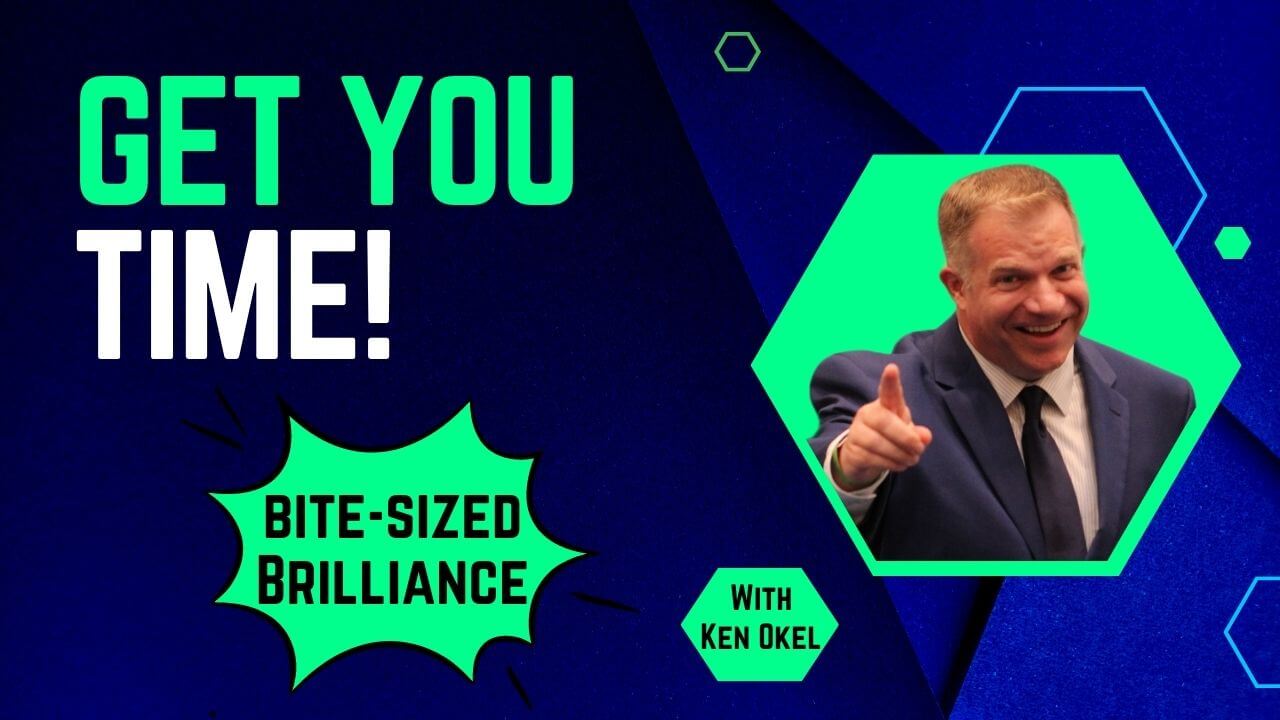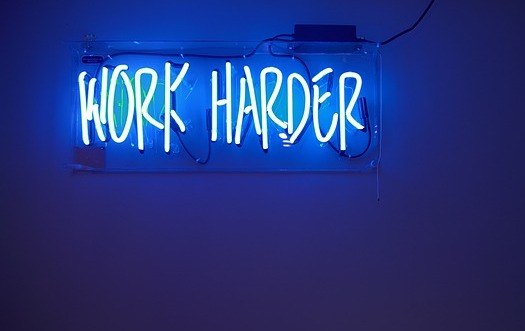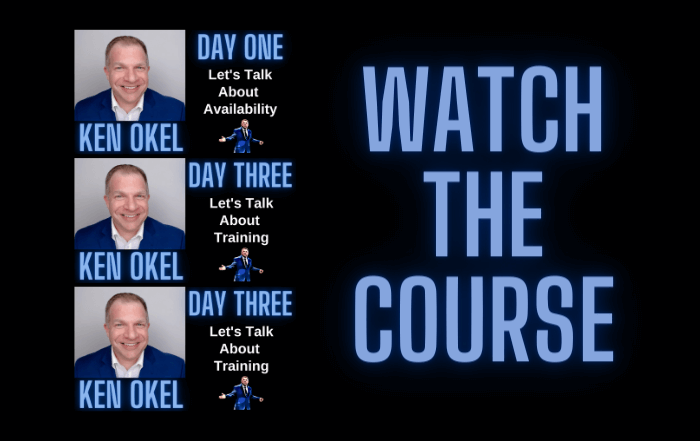I’m not always a very patient shopper so sometimes I’ll try to use a self-checkout machine so I can make a a fast getaway.?Like any machine, they can be tempermental and when something goes wrong, I’m forced to seek out a store clerk for help.
This is where things can get challenging.?Often a group of four self-check machines is overseen by one employee. But when you lo0k to that persona for help, he or she appears?spaced out and or is chating with a colleague.?So the customer has to flag down the employee, explain the problem, and feel helpless during the whole process.?For those who don’t like asking for help, this is a nightmare.? After all the customer is making it easier for the store to sell stuff so why isn’t the store doing more to help? Also the problem is fixed but the customer doesn’t learn much from the experience should it happen again.
With that in mind, I was pleased to have a different experience recently at an IKEA store.?There when I pulled up a self-checkout machine I was immediately greeted by an employee.?”Let me know if there’s anything I can do to help you,” she said.?I noticed that this was being said to everyone who was using the machines.? The employee floated around the stations, rather than staying in a central location.
It turns out that I did have a question and I was able to get an answer immediately. I didn’t have wait, flag someone down, or feel guilty about holding up a line.
In this case, IKEA is anticipating my needs and is helping to teach me how to use its machines, machines that allow the company to increase it’s bottom line.? People?sometimes feel uncomfortable asking for help. By anticipating their needs, you can help make them feel empowered. This is a universal truth that can be applied to so many business processes.



